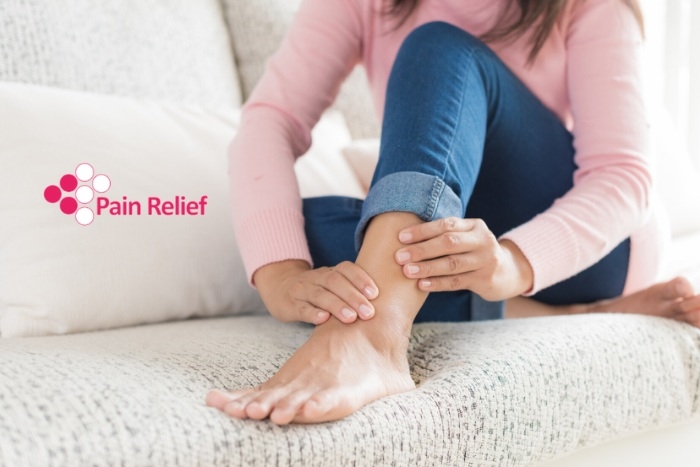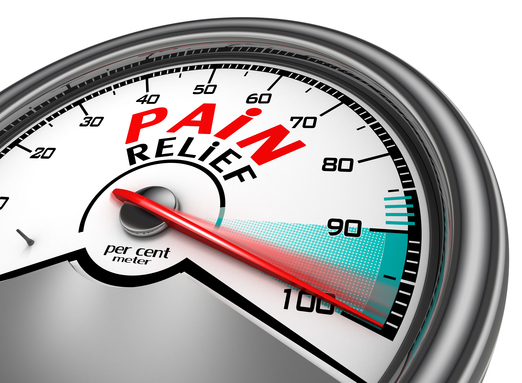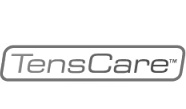You have no items in your shopping cart.
How LLLT Helps Treat Musculoskeletal Pain

Musculoskeletal pain affects millions of people worldwide and costs billions annually in medical bills. Due to expensive medical bills, missed school or work, and lost productivity, musculoskeletal conditions are increasingly difficult to deal. There are therapeutic treatments available, each with their own benefits, but they also their own side effects and risks. Low-level laser therapy (LLLT) is quickly growing in popularity for treating musculoskeletal pain. Keep reading to find out how LLLT works to treat musculoskeletal pain.
Interested in trying out LLLT for yourself? The Handy Cure uses LLLT to target and heal pain for effective relief. Order yours today.
What causes Musculoskeletal Pain?
Musculoskeletal pain can be caused by several things. For example, the muscle tissue can be damaged due to stress from everyday activities. Another common cause is trauma to an area, such as those caused by auto accidents, falls, dislocations, sprains, fractures, blows to the muscles, and jerking movements. Other causes of musculoskeletal pain are prolonged immobilization, overuse of muscles, postural strain, and repetitive movements. Poor body posture or changes in posture may also result in muscle shortening and spinal alignment problems, which can cause other muscles to be misused and become painful to use over time.
What are the Symptoms?
People with musculoskeletal pain often report that their entire bodies hurt. Others have mentioned that their muscles feel like they have been overworked or strained. In some cases, twitching or burning sensations have been reported. While the symptoms will vary from patient to patient, there are a few common symptoms, such as sleep disturbances, fatigue, and pain.
How does LLLT Treat it?
Low-Level Laser Therapy (LLLT), also known as Low-Level Light Therapy, is a type of low-intensity light therapy. The light triggers biochemical changes within cells.
The laser uses light with a wavelength; these wavelengths are able to penetrate deep into the skin and reach the muscle tissues. In clinical trials, LLLT has been proven to have a positive effect on reducing inflammation and pain, as well as repairing the muscle tissue. The laser is applied to an injured area for roughly 30-60 seconds, multiple times a week for several weeks. The result is a reduction of inflammation, pain relief, and accelerated tissue regeneration.
As mentioned previously, LLLT is able to trigger biochemical changes within the cells. This is by producing a conversion in the cell redox potential towards greater oxidation by boosting reactive oxygen species (ROS) and reducing reactive nitrogen species (RNS). The long-term effects of LLLT are believed to be a result of the activation of various transcription factors by the chemical signaling molecules that are produced from the mitochondrial stimulation that occurs during LLLT sessions.
LLLT can promote angiogenesis, increase neovascularization, and increase collagen production to speed up the healing of chronic and acute injuries and conditions. Many studies of LLLT have seen pattern known as biphasic dose response curve; this means that lower doses of light are more effective than higher doses of light. The lower doses of light have shown the ability to heal nerves, skin, bones, tendons, and cartilage. In terms of musculoskeletal pain, LLLT has been proven to target the area of pain, reduce swelling, increase tissue regrowth, and reduce pain faster than any other treatment.


















































































































































 Default Store View
Default Store View  New Theme
New Theme